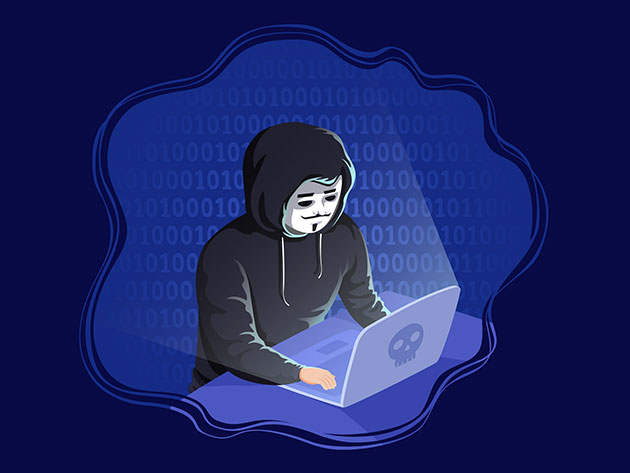Hacking in Practice: Ethical Hacking Mega Course
684 Enrolled
23 Hours
Deal Price$12.99
Suggested Price$52.00
You save 75%
236 Lessons (23h)
- Introduction to cyber threats
- IT security popular myths
- IT security trends
- Data security
- Security policies
- Risk management
- Defence in depth
- Disaster recovery
- Computer network security - network protocols
- Transport protocols
- Application protocols
- Designing secure computer networks
- Network administration and monitoring
- Wireless networks security
- Operating systems security
- Access control
- Windows security
- Application security
- Application security - Configuration and management
- Cryptography
- Public Key Infrastructure
DescriptionInstructorImportant DetailsReviewsRelated Products
Explore Today's Cyber Threats & Shut Them Down with 20+ Hours of Practical Training
IS
IT Security AcademyIT Security Academy
4.1/5 Instructor Rating:
★ ★ ★ ★
★
IT Security Academy is a company that associates IT Security Professionals. Now it's proud to share its knowledge online. Certified experts (MCSE:MS, CISSP, CEH) have created courses from Beginner to Advanced level. Its goal is to provide the highest quality materials you’ve ever seen online and prepare you not only for passing certification exams, but teach you practical skills.
Terms
- Unredeemed licenses can be returned for store credit within 30 days of purchase. Once your license is redeemed, all sales are final.
3 Reviews
4.3/ 5
All reviews are from verified purchasers collected after purchase.
KV
Kevin Van den Brande
Verified Buyer
Well explained, good documented. All steps help me to grow in my professional career. It was a bargain for such a great course.
Jul 4, 2020
SY
Shean Yeo
Verified Buyer
This application has quite an impressive GUI despite that this is just an simulator app. It will great if there is a possibility to run our native MacOS apps (user installed apps) directly off it, I am sure a lot more "likes" will come along.
May 14, 2020
AG
Antonio Galisteo
Verified Buyer
May 27, 2019
Your Cart
Your cart is empty. Continue Shopping!
Processing order...
